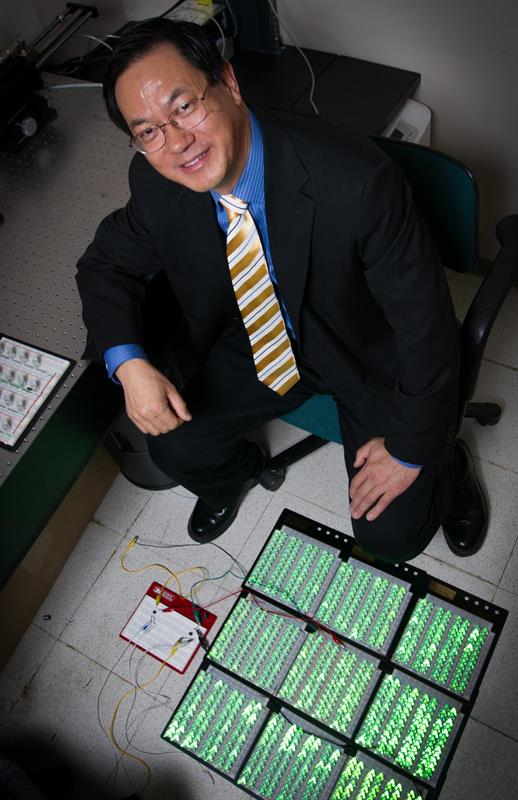“We’ve known that energy generated in contact electrification is readily retained by the material as electrostatic charges for hours at room temperature,” said Professor Zhong Lin Wang. “Our research showed there’s a potential barrier at the surface that prevents the charges generated from flowing back to the solid where they were from or escaping from the surface after the contacting.”
The team found that electron transfer is the dominant process for contact electrification between two inorganic solids, explaining some of the characteristics already observed about static electricity.
“There has been some debate around contact electrification – namely, whether the charge transfer occurs through electrons or ions and why the charges retain on the surface without a quick dissipation,” Prof Wang said.

Prof Wang’s team first published research on triboelectric nanogenerators eight years ago. These devices, which employ materials that create an electric charge when in motion, could be designed to harvest energy from a variety of sources.
“Previously, we used trial and error to maximise this effect,” Prof Wang continued. “But with this new information, we can design materials that have better performance for power conversion.”
Left: Prof Wang with an array of 1000 LED lights that can be illuminated by power produced by the force of a shoe striking a triboelectric generator placed on the floor. Pic: Rob Felt












